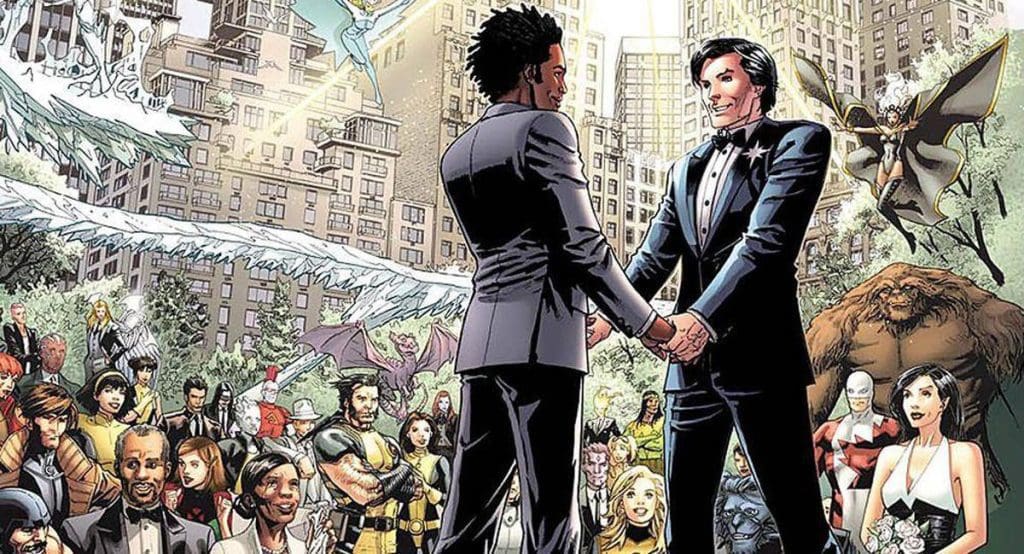
Explore the rise of Queer superheroes in comic books, understand their significance in representation, and discover how they are changing the landscape of the comic book industry.
In recent years, the comic book industry has seen a remarkable rise in the presence of Queer superheroes. These characters, with their diverse identities and experiences, have become central figures in storylines, reflecting the real-world diversity of their readers. This article explores the rise of Queer superheroes in comic books and the significance of their representation.
Breaking the Mold: The Introduction of Queer Superheroes
Early Beginnings While Queer characters have been present in comic books for decades, it is only in recent years that they have taken on superhero roles. This shift represents a break from traditional superhero archetypes and reflects a more inclusive approach to character creation.
Diverse Identities Queer superheroes in comic books encompass a range of identities within the LGBTQIA+ spectrum. From gay and lesbian to transgender and non-binary characters, these superheroes are as diverse as the community they represent.
The Significance of Representation
Empowerment and Identification For many readers, seeing characters that reflect their own identities and experiences can be empowering. Queer superheroes provide an opportunity for LGBTQIA+ readers to see themselves as powerful, capable, and heroic.
Challenging Stereotypes Queer superheroes challenge traditional stereotypes and assumptions about the LGBTQIA+ community. Through complex character development and storylines, they portray a more authentic and diverse representation of Queer identities.
Queer Superheroes in Mainstream Comics
Big Names Embrace Diversity Major comic book publishers like Marvel and DC Comics have introduced Queer superheroes into their universes. Characters like Batwoman, Iceman, and Midnighter are just a few examples of Queer superheroes making a mark in mainstream comics.
Storylines and Themes Queer superheroes are not just diverse in identity; their storylines also explore themes relevant to the LGBTQIA+ community, such as acceptance, identity struggles, and social justice.
The Future of Queer Superheroes
As society continues to evolve, so too does the representation within media. Queer superheroes are likely to continue to play a significant role in comic books. Their presence not only reflects the diversity of readers but also has the potential to shape perceptions and attitudes towards the LGBTQIA+ community.
With the rise of Queer superheroes in comic books, readers are offered a richer, more diverse universe. These characters are not just heroes; they are symbols of the progress being made in representation and inclusion. Through their stories, they inspire readers of all identities to embrace their own strengths and contribute to a more inclusive world.
